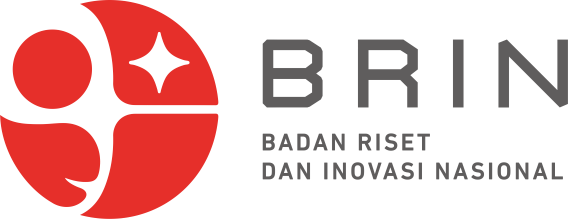Faktor – Faktor yang Berhubungan dengan Pemberian Kolostrum pada Bayi Baru Lahir di Wilayah Kerja Puskesmas Abeli Kota Kendari
Abstract
Colostrum is breast milk that comes out on the first day of thick yellow color, rich in protein and immune substances, or immunoglobulin IgA. The low coverage of giving colostrum and exclusive breastfeeding to infants in urban and rural areas reaches 38.5%. This is influenced by many things, including the low knowledge and lack of information to mothers and families about the importance of exclusive breastfeeding. The type of research used is an observational analytic study with a cross sectional approach, namely to study between risk factors (independent) and effect factors (dependent), in this case the relationship between knowledge, attitudes, antenatal care, and maternal parity with colostrum administration in new babies. born in the working area of the Abeli Public Health Center, Kendari City in 2015. The population in this study were all mothers giving birth in the work area of the Abeli Health Center in Kendari City in 2015 for the January - June period as many as 93 mothers. Sampling used the formula and Accidential Sampling technique, namely by take a sample of mothers who happen to exist or are available so that a sample of 48 respondents is obtained. The results of the study obtained that there was a relationship between knowledge and the provision of colostrum to newborns, obtained p value: 0.003. There is a relationship between attitudes and giving colostrum to newborns, the p value is :0.008. There is a relationship between antenatal care and the provision of colostrum to newborns, the p value is : 0.023. There is a correlation between parity and giving colostrum to newborns, obtained p value: 0.013














3.jpg)



